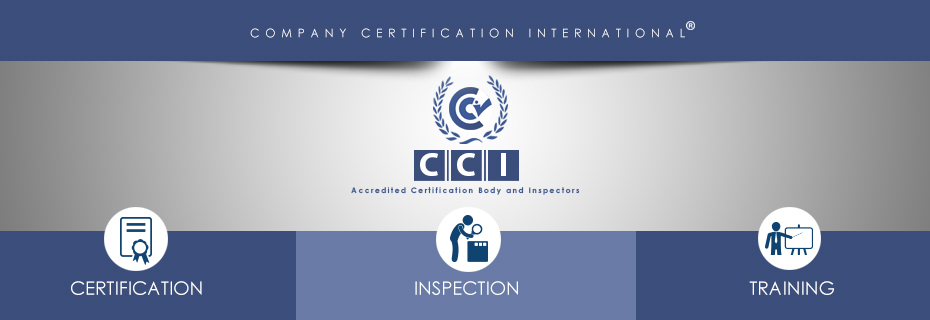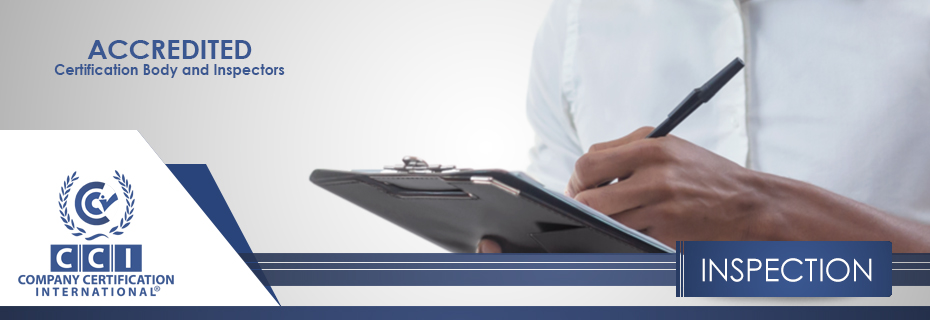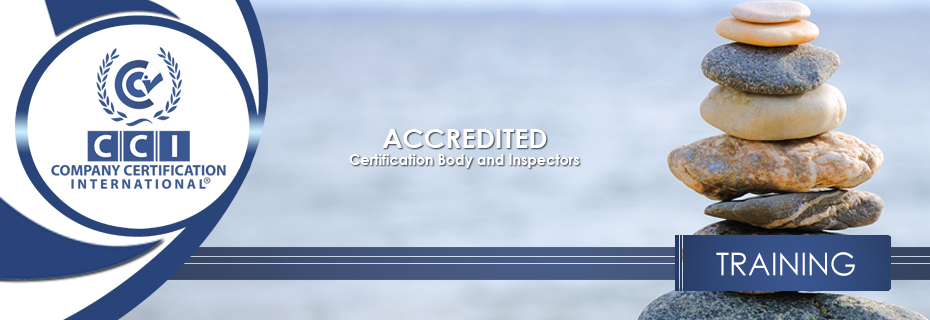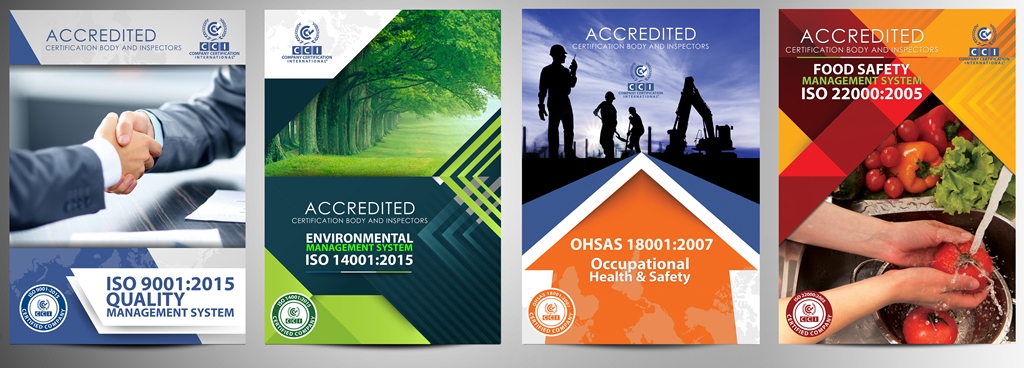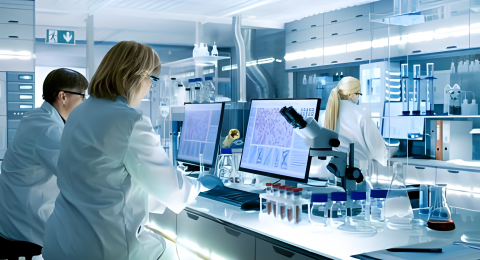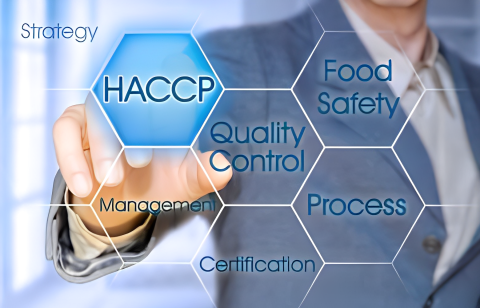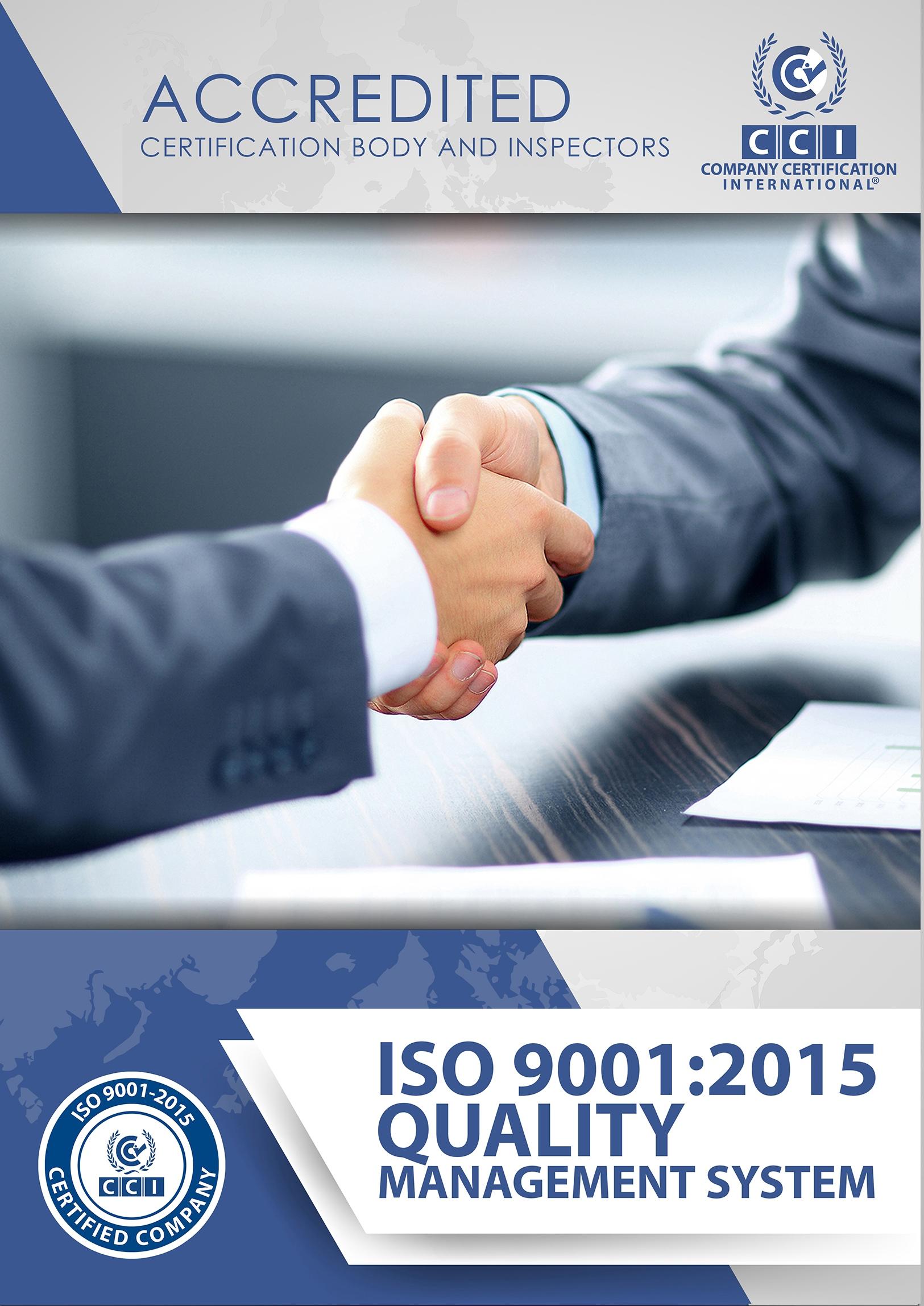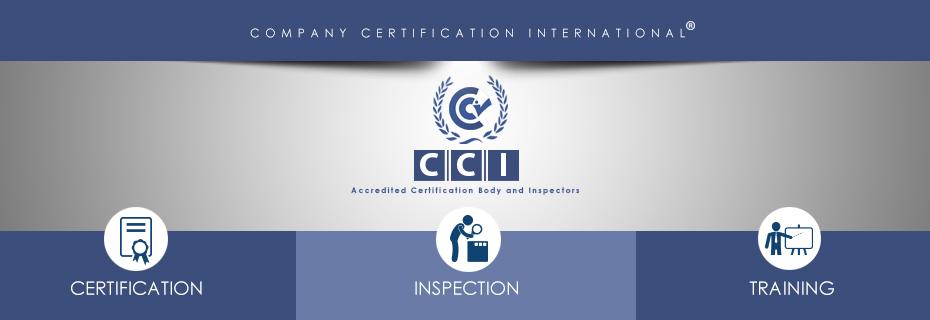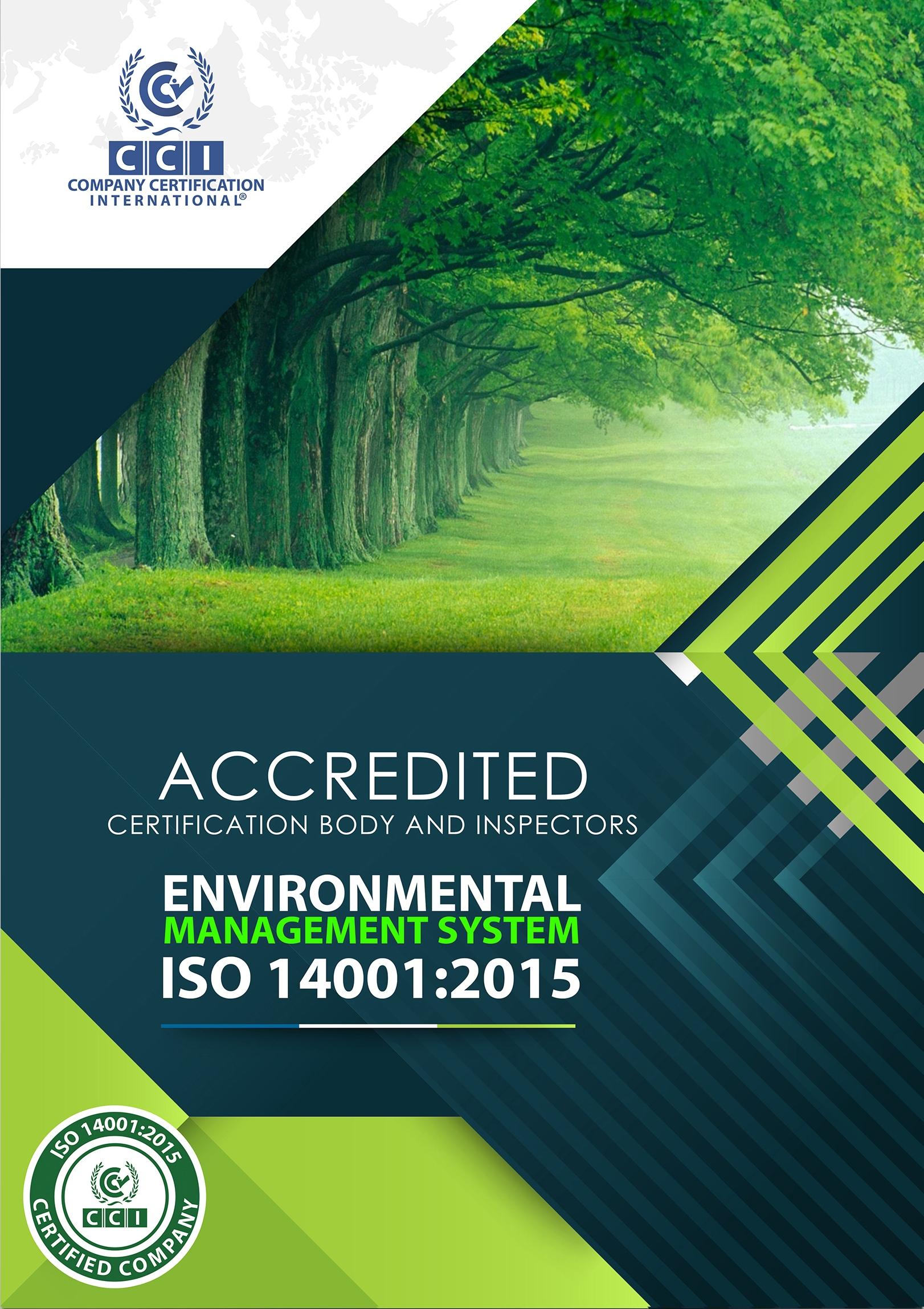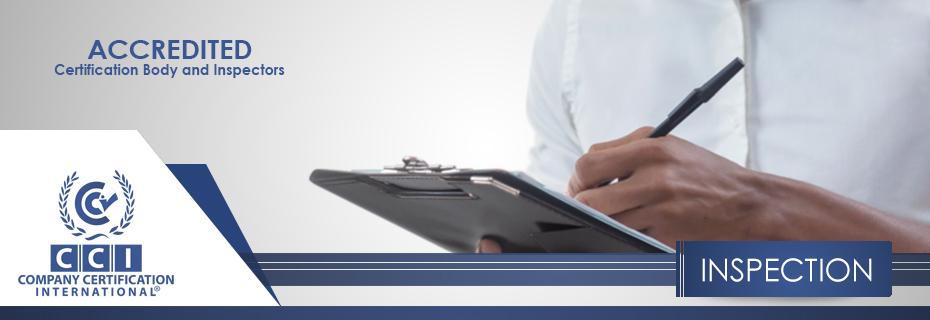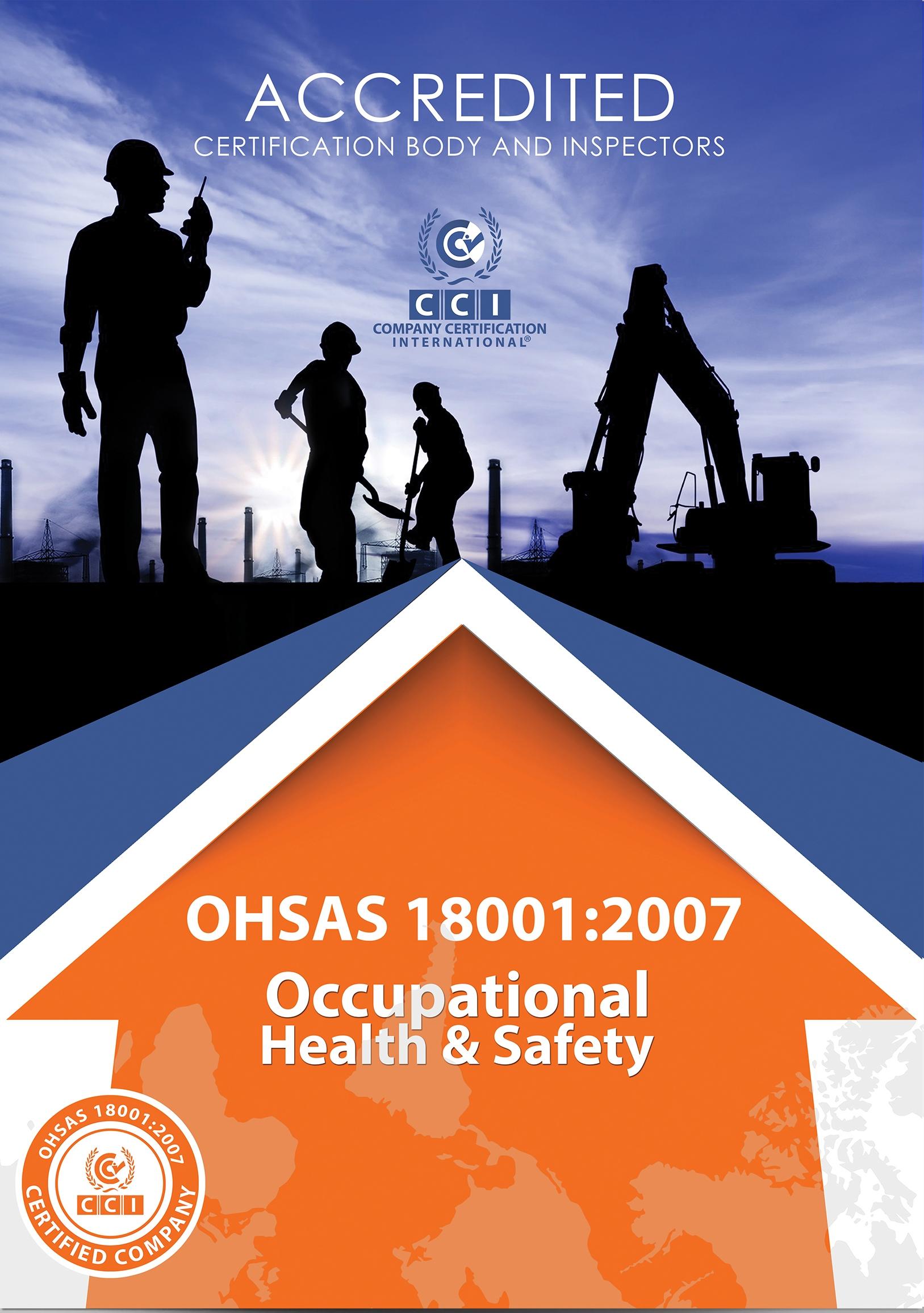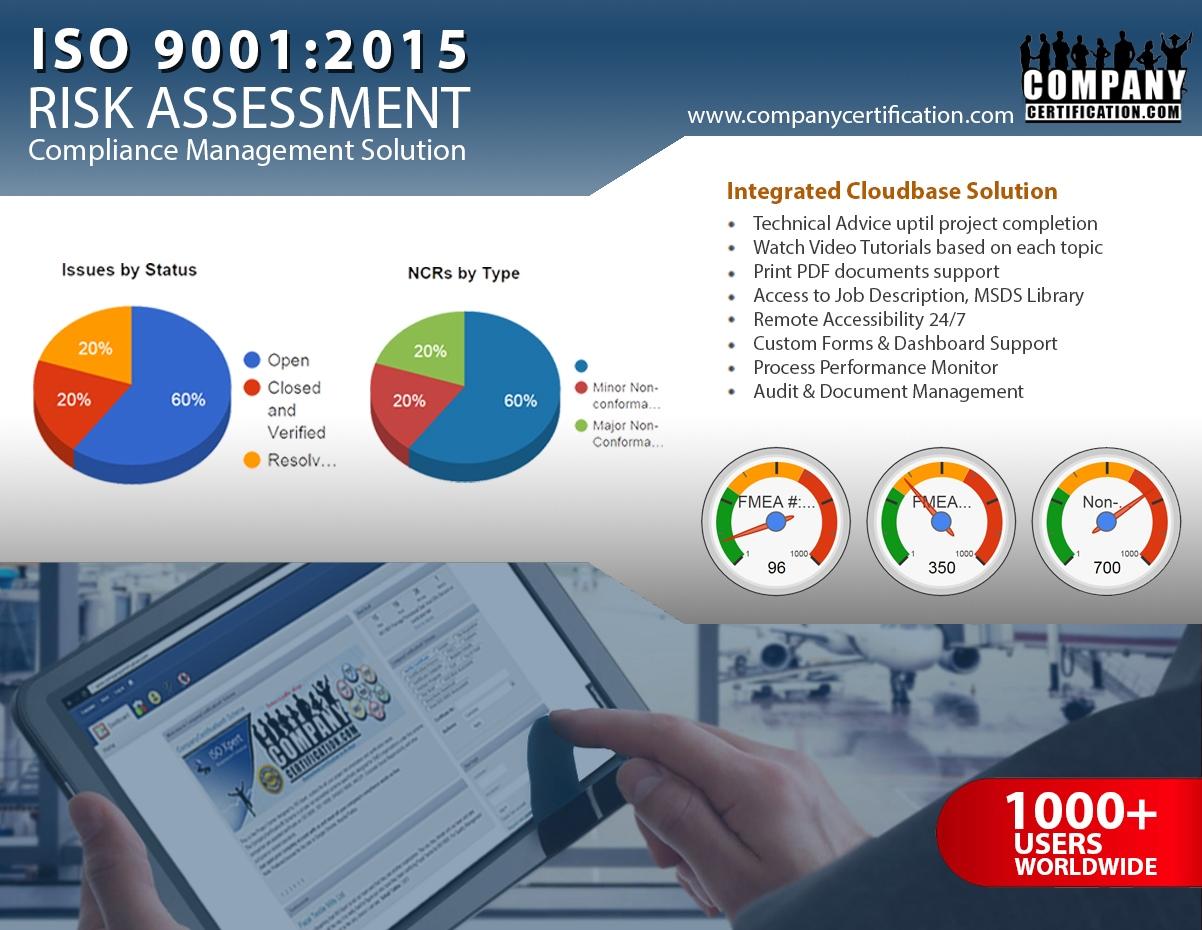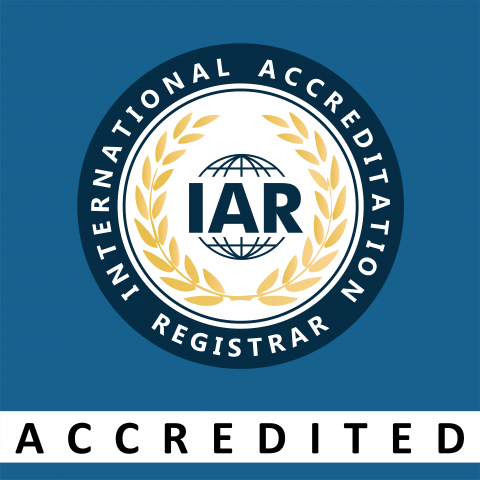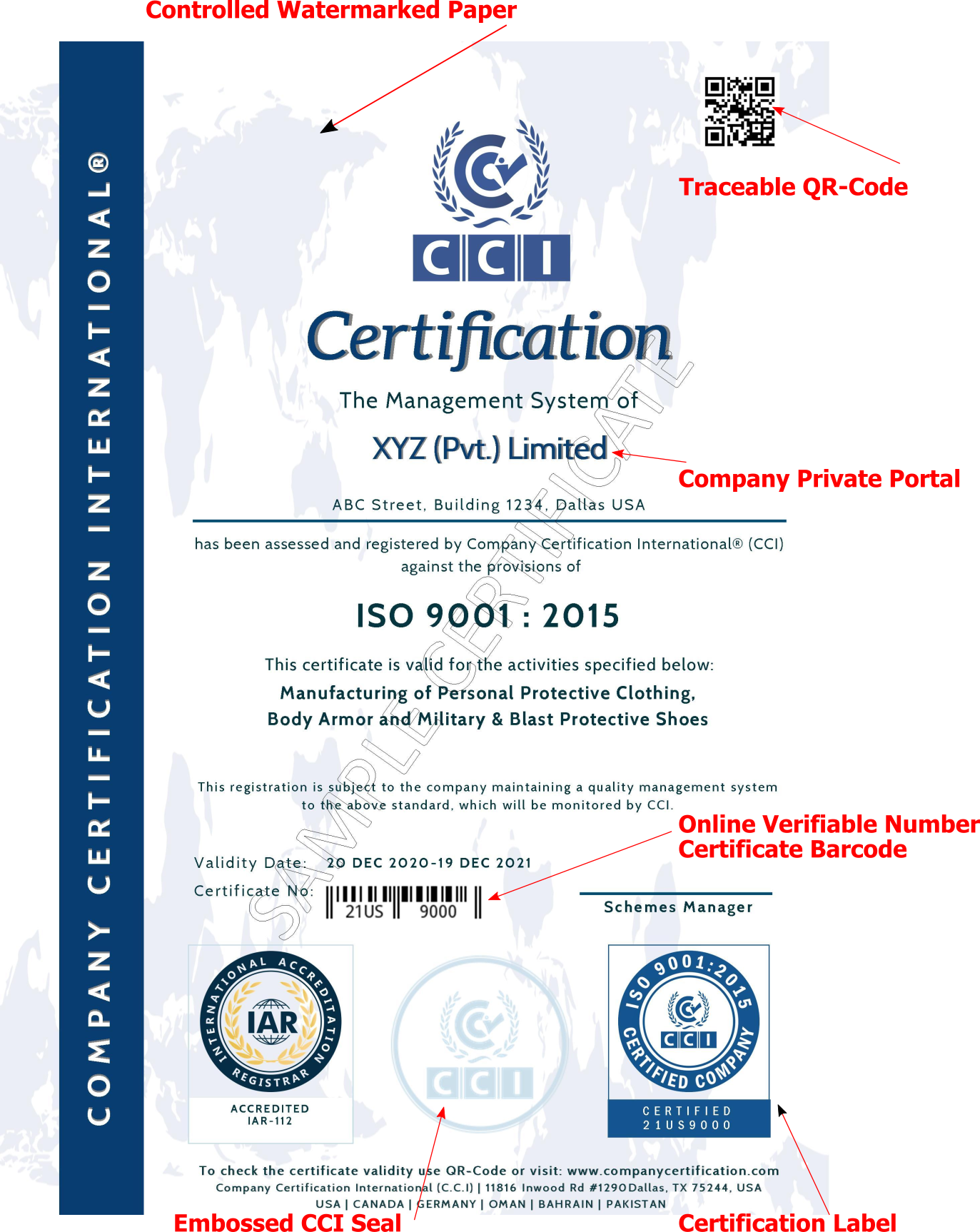GDPMD for Medical Devices

WHAT IS GDPMD?
GDPMD specifies the requirements for a quality management system to be established, implemented, and maintained by an established of medical device importer/distributor/ authorized representative to comply with the Malaysian Medical Device Act 2012 (Act 737) and Medical Device Regulations 2012. The objective of GDPMD is to ensure the quality, safety, and performance of the medical device which includes but is not limited to product sourcing and procurement; transportation and delivery; storage; installation, commissioning, service and maintenance, calibration, and after-sales service; tracking, documentation, and record-keeping practices.
The aim of GDPMD is to ensure that companies dealing with medical devices have a quality distribution system in place. This ensures that the quality of the medical devices is maintained throughout the storage and distribution process. The certification to GDPMDS is a mandatory requirement in the application of an Importer's or Wholesaler's License.
Why do you need to implement and certify GDPMD?
1) A license to trade in the logistics and shipping of medical devices
2) Develop a consistent product or service quality, efficiency, and cost benefits
BENEFITS:
- Medical devices are appropriately managed and controlled throughout the supply chain thus ensuring their safety and performance at the point of use.
- Provides assurance to stakeholders through certification that the organization is able to maintain the quality, safety, and performance of medical devices while under its custody.
- Fulfillment of establishment licensing requirements.

